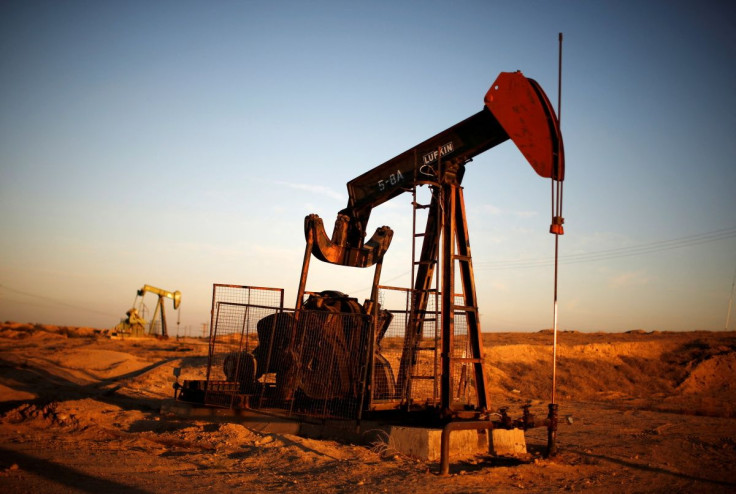Oil Prices Up, Well Over $100/bbl But Headed For Weekly Loss

Oil prices edged higher on Friday, still above $100 a barrel, but were set for a second straight weekly loss, after a volatile trading week with no easy replacement for Russian barrels in a tight market.
Brent crude futures rose 38 cents, or 0.7%, to $107.02 a barrel by 12:05 p.m. EST (1505 GMT), a day after surging nearly 9% in the biggest daily percentage gain since mid-2020.
U.S. West Texas Intermediate (WTI) crude futures were up 77 cents, or 0.8%, at $103.75 a barrel, adding to the previous session's 8% jump.
Both benchmark contracts were set to end the week down around 6%, after trading in a $16 range. Prices hit 14-year highs nearly two weeks ago, encouraging bouts of profit taking since then.
Russia said an agreement had yet to be reached after a fourth day of talks with Ukraine. Some signs of progress had emerged earlier in the week.
"Prior expectations for a Ukraine/Russian cease fire or agreement have faded as Russian military assault on key cities continues in suggesting additional financial sanctions against Russia," said Jim Ritterbusch, president of Ritterbuch and Associates LLC in Galena, Illinois.
Crude prices have been on a rollercoaster ride, boosted by the supply crunch from traders avoiding Russian barrels and dwindling oil stockpiles. But prices have been pressured by worries about demand with COVID-19 cases surging in China, while stuttering nuclear talks with Iran have been a wild card on the market.
The volatility has scared some investors out of the oil market, which could exacerbate price swings.
Meanwhile, output from the OPEC+ producer group in February undershot targets even more than in the previous month, sources said. The International Energy Agency said oil markets could lose 3 million bpd of Russian oil from April.
Consultancy FGE said on-land product stocks at key countries are 39.9 million barrels lower for this time of the year relative to the 2017-2019 average.
© Copyright Thomson Reuters 2024. All rights reserved.




















